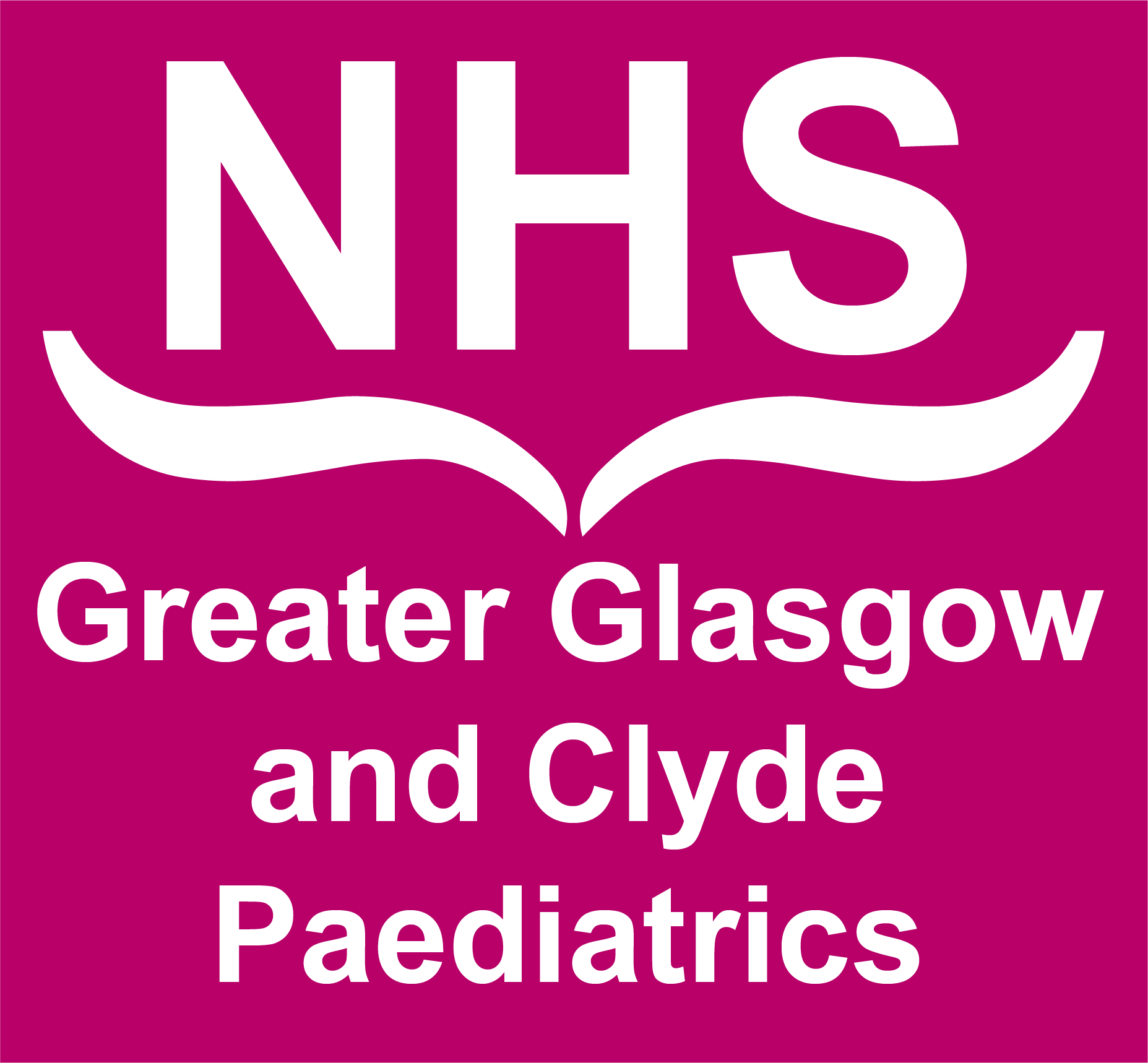Major Surgery is defined as surgery last 90 minutes or longer, with variable recovery periods and expected delay in restarting oral intake.
(A) INDUCTION
At induction, give IV bolus hydrocortisone 2mg /kg (max 100 mg).
For premature infants and neonates < 28 days corrected gestational age, give IV bolus hydrocortisone 4 mg/kg.
(B) INTRAOPERATIVE
Start IV hydrocortisone infusion.
IV hydrocortisone infusion
|
Weight |
Infusion rate |
|
≤10kg |
1 ml/hour |
|
10.1 to 20kg |
2 ml/hour |
|
20.1 to 40kg |
4 ml/hour |
|
40.1 to 70kg |
6 ml/ hour |
|
Over 70kg |
8 ml/ hour |
Consider more concentrated infusion in those needing fluid restriction (e.g. 100mg hydrocortisone in 50mls 0.9% saline).
The hydrocortisone infusion can be run alongside 0.9% sodium chloride, 5% glucose and PlasmaLyte solutions
(C) POST-OPERATIVE
Continue hydrocortisone infusion and change to oral sick day hydrocortisone when clinically stable and tolerating oral fluids / diet.
Stop hydrocortisone infusion 30 min after tolerating the first oral sick day dose.
Discuss duration of oral sick day dose with treating medical team.
Oral sick day hydrocortisone
|
Weight(kg) |
Sick day hydrocortisone: |
Frequency |
|
1 |
0.8 mg |
4 x a day |
|
2 |
1.2 mg |
4 x a day |
|
3 |
1.5 mg |
4 x a day |
|
4 |
2.0 mg |
4 x a day |
|
5 |
2.5 mg |
4 x a day |
|
6 |
2.5 mg |
4 x a day |
|
7 |
3.0 mg |
4 x a day |
|
8 |
3.0 mg |
4 x a day |
|
9 |
3.5 mg |
4 x a day |
|
10 |
4.0 mg |
4 x a day |
|
15 |
5.0 mg |
4 x a day |
|
20 |
6.0 mg |
4 x a day |
|
25 |
7.5 mg |
4 x a day |
|
30 |
7.5 mg |
4 x a day |
|
35 |
10.0 mg |
4 x a day |
|
40 |
10.0 mg |
4 x a day |
|
45 |
10.0 mg |
4 x a day |
|
50 |
10.0 mg |
4 x a day |
|
55 |
12.5 mg |
4 x a day |
|
60 |
12.5 mg |
4 x a day |
|
65 |
12.5 mg |
4 x a day |
|
70 |
15.0 mg |
4 x a day |
|
75 |
15.0 mg |
4 x a day |
|
80 |
15.0 mg |
4 x a day |
|
90 |
15.0 mg |
4 x a day |
